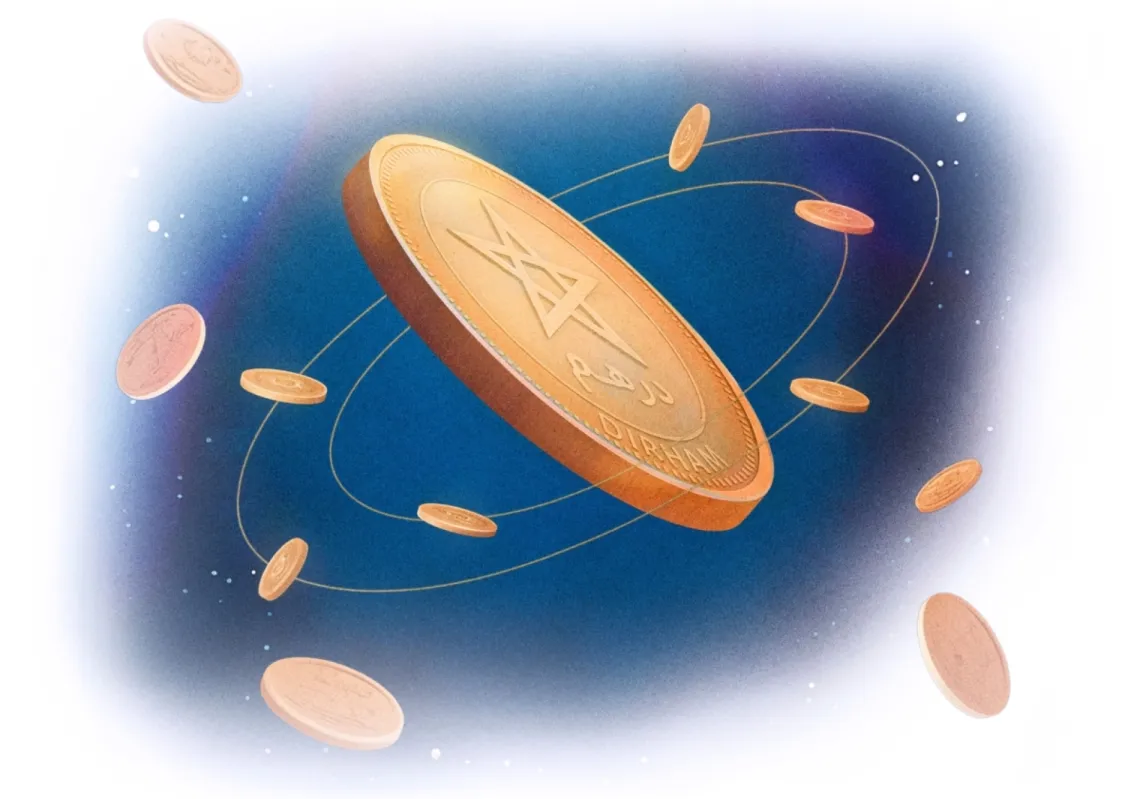Do you ever feel like figuring out what to eat is harder than doing your own taxes? If so, you may be among the health-conscious Americans who actually noticed that the Food and Drug Administration revised the Nutrition Facts Panel to include calorie counts in bold and updated the Daily Values of recommended nutrients. Not to be left out, Congress wants to tinker with the food label even more, but much of what they want to do is not consistent with current science.
As opposed to the FDA’s agency actions, the recently proposed Food Labeling Modernization Act of 2021 is the first legislative update for the food label since 1990 and is deemed necessary because Congressman Frank Pallone, Jr. (D-N.J.) noticed that using the current food label “isn’t always easy with today’s opaque food labels and marketing claims.” But that’s exactly what the food label was supposed to fix back in the early ’90s as then-Secretary of Health and Human Services Louis Sullivan announced that, by revising the 1973 labels, the “Tower of Babel in food labels has come down” and that “consumers could now compare nutrition values and make healthy choices.”
Yet with 36% of Americans now obese, and with that figure expected to rise to 50% by 2030, it seems like the food labels simply aren’t working. And that increase in obesity will bring with it increased cases of diabetes, heart disease, and cancer.
Congress has a lot of ideas about how to help, like instructing the FDA to define the term “natural.” But this is a largely useless exercise, as Tom Standage—the author of “An Edible History of Humanity”—explains, virtually all of the plants and animals that we consume “are man-made technologies.” Congress’ new bill also requires that the FDA develop icons to signal the healthiness of individual foods, similar to the nonprofit Keystone Group’s voluntary 2008 labeling efforts. They assembled food companies, activists, and the government to create the never-used “Smart Choice” icons. At the time, that was an excellent idea, but now over a decade later, the science has moved on.
There are more requirements in the bill, including defining what is healthy and putting warning labels on offending nutrients like salt, saturated fat, and trans fatty acids that exceed a defined amount.
Although some of the provisions may be useful, much of this is problematic. Changing labels will be extremely costly, and manufacturers will add to those costs by eliminating, adding, or revising products. Many of these warnings or hasty revisions may be misguided, too, as we’ve seen in the past when the government focus on total fat and dietary cholesterol was later discredited.
The proposed law would also require manufacturers to register every label and label change with the FDA, which it would then post on the internet. If manufacturers fail to send the labels, they’ll be fined $10,000 per day. The law would also make these proposed rules final if not done by congressional deadlines, apparently to ensure no meddling from future unfriendly administrations.
Given that the vast majority of consumers have been unable to use labels to eat healthy meals, this latest bill may make food activists happy, but it’s focus is in the wrong direction.
The problem is the rapidly evolving field of precision nutrition. As senior National Institutes of Health investigator, Dr. Kevin Hall notes, "People may respond differently to foods and nutrients and therefore, a diet that is best for one person may be quite different from that of another." That’s to say, each of us has our own genetic profile, microbiome, environment, and health status.
For example, one Stanford University study found that some people lost weight on a low-fat diet, but others gained weight. Generalized dietary recommendations—whether label icons, the U.S. Department of Agriculture’s MyPlate app, or the same standardized cookie-cutter diets suggested for everyone—are not generally helpful. In fact, they may actually be harmful for some people. A low-salt diet, for example, can be just as dangerous as a high-salt diet.
Nutrition innovators are making great strides in precision nutrition, along with the novel devices that will implement it. That’s the guide star we need to use. Maybe we should leave the complex, misguided food labels alone.
This article was originally published on Tribune News Service.










